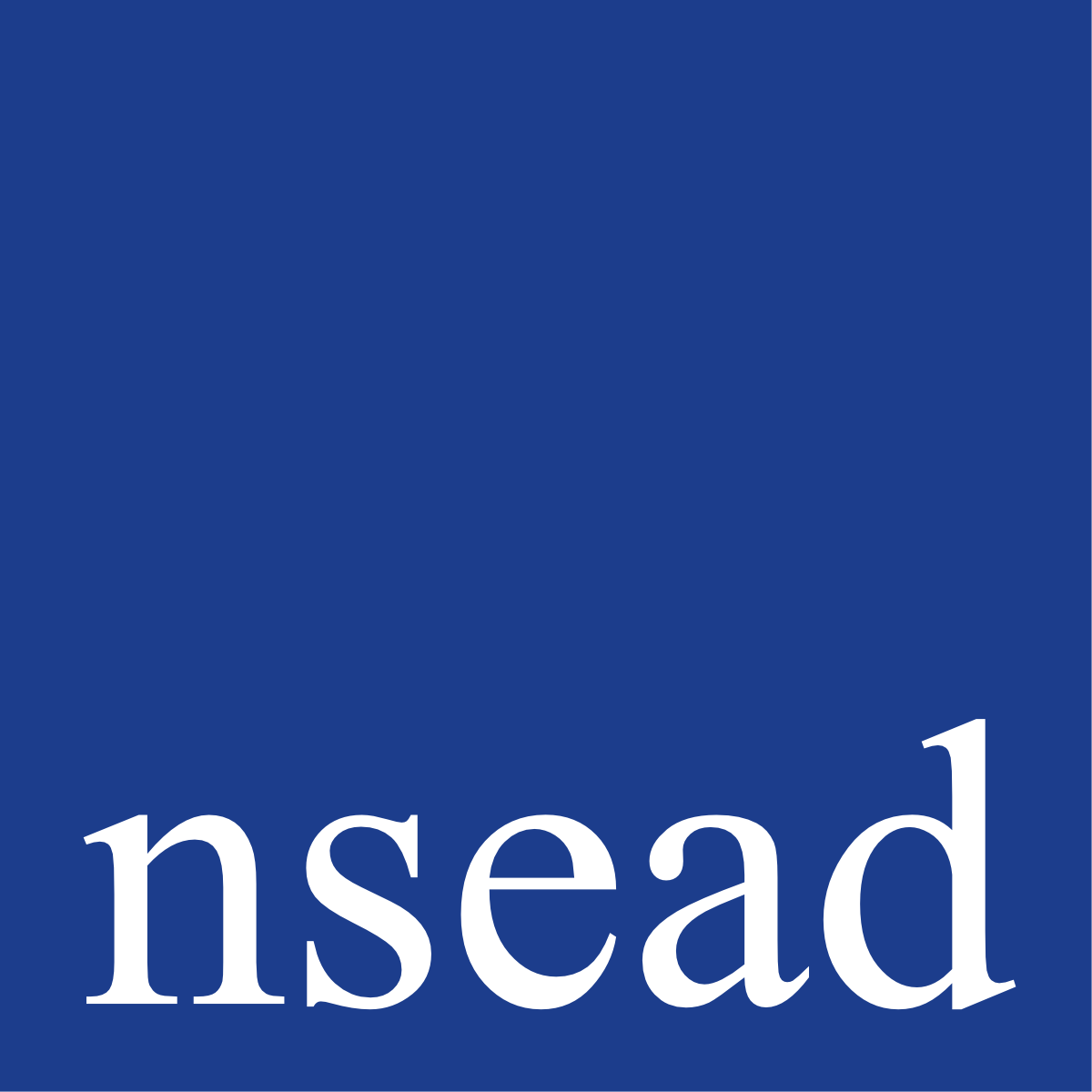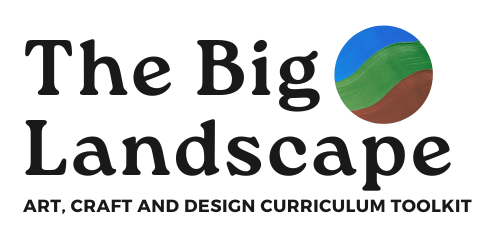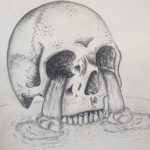All education sectors are familiar with the expectation that the acquisition of ‘knowledgeFacts, information, and skills acquired through experience or education; the theoretical or practical understanding of a subject. and skills’ are fundamental twin objectives of any learning experience.
ArtArt refers to a diverse range of human intellectual and expressive activities and the outcomes of those activities. Within this context art is further defined..., craftCraft can be designed as intelligent making. It is technically, materially and culturally informed. Craft is the designing and hand making of individual objects and... and designDesign shapes ideas to become practical solutions and propositions for customers and users. Design is all around us, everything man made has been designed. The... regional curricula emphasise the development of knowledge, skillsTechniques and attributes acquired through learning, engagement and practice, and understanding, with the aim of promoting creativityCreativity is a characteristic of someone or some process that forms something new and valuable. The created item may be intangible or a physical object...., cultural appreciation, flexibility and critical thinkingThe ability to reason, ask questions, debate and challenge what is presented to you. through the subject.
Research suggests that the skills that contribute to these are considered essential to art and design, as well as preparing students for future careers and life in a global society.
Teaching is expected to include specific aspects of knowledge so that one or more skills may be practised with the intention of increasing experiential knowledgeExperiential knowledge is knowledge gained through experience, as opposed to a priori knowledge. It can also be contrasted both with propositional knowledge and with practical... so that technical and creativeBeing creative or 'creativity' relates to or involves the use of the imagination or original ideas to create something. skills are also improved.
Skills are developed through application, repetition and conscious reflection, requiring diverse contexts and opportunities to practice these.
As students apply this new learning, we expect to see evidence in their work of the creative, expressive and technical progressIn education, progress refers to a student's grasp of essential knowledge and educational skills. In the past, a student was considered to be progressing if they... they are makingThe process of making or producing something. The making of meaning is a decisively integral component of art-making. Meaning-making in relation to the creation of....
Art educators looking for a list of subject-specific skills, will not find a definitive list for a phase or activity. The expectation is that skills are taught in relation to the planned practical activity and related knowledge.
As the art and design curriculumIn education, a curriculum (or curricula) is broadly defined as the totality of student experiences that occur in the educational process. The term often refers specifically to a planned... is broadly structured around three strands of learning – with knowledge linked to each of these – we can use this to conceptualiseConceptualisation Conceptualisation is an abstract simplified view of some selected part of the world, containing the objects, concepts, and other entities that are presumed of... three broad groups of skills. These are:
- Making and creativity skills: The ability to create art and design using different materialsThe resources that artists, craftspeople and designers use to create work, to include thread, plastic, stone, wood, clay, paint and paper and techniquesA procedure, formula or routine by which an outcome or artwork is achieved, to include weaving thread into cloth with a darning needle, carving wood.... It encompasses practical making skills such as drawingThe art of representing object and forms on a surface chiefly with the use of line and with pencils, crayons, pens and a variety of..., paintingPainting is the practice of applying paint or other media to a surface, usually with a brush. An art object made using paint (noun)., sculptureSculpture is three-dimensional art made by one of four basic processes: carving, modelling, casting, constructing. The term installation art is used to describe large-scale, mixed-media..., printmakingA print is an impression made by any method involving transfer from one surface to another, textilesPractical or decorative items made out of cloth, photography and digital mediaDifferent materials used by artists, such as paint, charcoal, clay and thread. Media is the plural of MEDIUM. In this context, it refers to the...; as well as the ability to investigate, experiment and conceptualise with different media and materials.
- Critical, conceptual and technical understanding skills: The ability to understand and criticallyArt criticism, is the analysis and evaluation of works of art. More subtly, art criticism is often tied to theory; it is interpretive, involving the effort... analyse styles and traditions of art and design, to inform the development of practical and technical concepts with increasing control. For example: the artistic elements, compositionThe combination of a selection of distinct elements to work towards creating a whole image or form. The arrangement of shapes, colours, textures, marks and..., colourChoices of colour and the relationships between colours have a huge influence on how a piece or art or design looks and feels and the... theoryA theory of art is intended to contrast with a definition of art. Traditionally, definitions are composed of necessary and sufficient conditions and a single counterexample..., perspective and applied aesthetic understanding.
- Artistic, contextual and cultural literacy skills: The ability to analyse, understand and articulate the meanings and significance of art and design across social, cultural, and historical contexts.
- These skills can be applied in order to recognise, interpret and redefine concepts of formalism, symbolismApart from its simple association with symbols, the term symbolism also refers to a movement in art. The symbolists were a group of artists living..., metaphor, design, instrumentalism/ideas and issues based, conceptualism, expressionism, craftivism, social realismAs an art movement, Realism refers to the social realism of 19th century painters like Gustave Courbet (1819-1877) and Honore Daumier (1808-1879). They preferred to..., and other forms of creative expression.
In addition to subject-specific skills (which are sometimes called ‘hard skills’), we are expected to include other skill groups within our planning and teaching.
These skill groups include the following:
- Core, transferable or cross-curricular skills i.e. numeracy, literacy and digital. Some would include creativity skills here, but others see these as part of the thinking skills.
- Thinking/cognitive skills e.g. recall, comprehension, application, analysis, synthesis and evaluation (as defined by Bloom. B. 1956). However, regional curricula have defined their own skills list, which may include reasoning or problem-solving, and in art and design, we might list creativity or critical thinking as a skill, even though these cognitive processes are indirectly covered or summarised in Bloom’s original list.
- Personal learning and development skills e.g. communication, collaborationA collaborative (or cooperative) learning approach involves pupils working together on activities or learning tasks in a group small enough to ensure that everyone participates. Pupils..., teamwork, independence, perseverance, resilienceIn art, resilience is the capacity of the work of art to preserve through aesthetics its particularity distinguishing it from any other object, despite the increasing subjectivization in the..., study skills etc. These are so-called and often referred to as 'soft' skills.
The list is not definitive and regional curricula at various times in the last 40 years have specified different skills, such as ‘improving own learning’ or ‘critical thinking’.
Across the regions of the UK, the art and design curriculum should provide students with the skills necessary to become successful artistsPeople who are engaged in a broad spectrum of visually led ideas and activities aligned to the expressive arts, designersPeople who are engaged in the production of functional products, services and systems, makers and creative professionals.
This should equip them to contribute meaningfully to the interdisciplinary and cross-cultural conversations around art and design, exploring the potential of the interconnectedness of artistic expression across time, place and cultureThe behaviours, beliefs and activities of a social, geographical, age defined or ethnic group of people, to include their artistic and creative pursuits.





